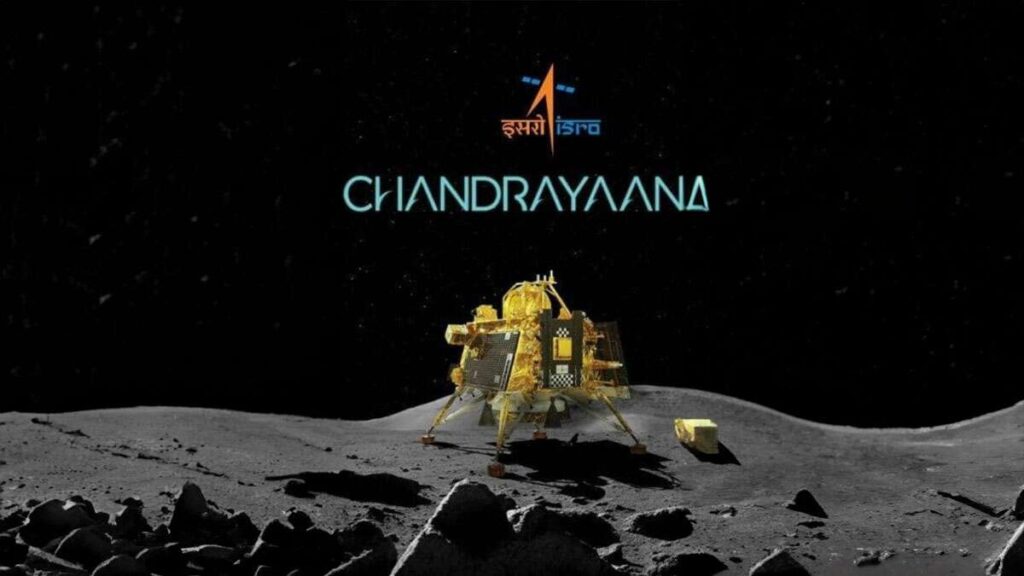In the realm of space exploration, India has carved a significant niche for itself with its ambitious space programs. One of the most anticipated missions is Chandrayaan-3, the country’s third lunar expedition. Building on the successes of its predecessors, Chandrayaan-1 and Chandrayaan-2, this mission holds the promise of yielding numerous benefits for both scientific knowledge and technological advancement.
1. Scientific Discoveries:
Chandrayaan-3 aims to enhance our understanding of the Moon’s geological and mineralogical characteristics. By deploying advanced instruments to analyze lunar soil and terrain, scientists hope to unravel mysteries about the Moon’s origin, evolution, and potential resources. Such discoveries could offer insights not only into the Moon’s history but also provide clues about Earth’s early formation.
2. Resource Exploration:
The Moon is believed to be rich in essential resources such as water ice in its polar regions. Water can be converted into oxygen and hydrogen, potentially supporting future human settlements and serving as a valuable resource for deep space missions. Chandrayaan-3 could provide critical data to locate and assess the availability of these resources, paving the way for sustainable space exploration.
3. Technological Advancement:
Each space mission pushes the boundaries of technology, and Chandrayaan-3 is no exception. The development of cutting-edge instruments, communication systems, and navigation techniques for lunar missions drives innovation and often leads to spin-off technologies with applications on Earth. These advancements can have far-reaching implications for various industries and sectors.
4. International Collaboration:
Space exploration is a global endeavor, and Chandrayaan-3 offers the opportunity for international collaboration. By partnering with other space agencies and organizations, India can leverage shared expertise, resources, and data. Collaborative efforts can accelerate progress and foster scientific cooperation, reinforcing the idea that space exploration is a unifying force.
5. Inspiration and Education:
Space missions capture the imagination of people worldwide, inspiring the younger generation to pursue careers in science, technology, engineering, and mathematics (STEM). Chandrayaan-3’s journey can serve as a beacon of inspiration, encouraging students to dream big and contribute to future space endeavors. Educational outreach programs related to the mission can foster a greater interest in space sciences.
6. Economic Opportunities:
Space exploration can stimulate economic growth by fostering a vibrant space industry. Investments in research, development, and manufacturing of space technologies can lead to the creation of high-skilled jobs and innovative start-ups. Chandrayaan-3’s mission could provide a platform for India’s space industry to flourish, contributing to economic prosperity.
7. International Prestige:
Successful space missions enhance a nation’s global reputation and prestige. As India continues to establish itself as a capable spacefaring nation, its contributions to space exploration garner international recognition. Chandrayaan-3’s achievements could bolster India’s standing in the global space community and open doors for collaboration on future ambitious projects.
In conclusion, Chandrayaan-3’s mission holds the potential to deliver a plethora of benefits, ranging from scientific discoveries and technological advancements to international collaboration and educational inspiration. As India sets its sights on the lunar surface once again, the world watches with anticipation, eager to witness the mission’s achievements and the doors it might open for humanity’s journey into space.




